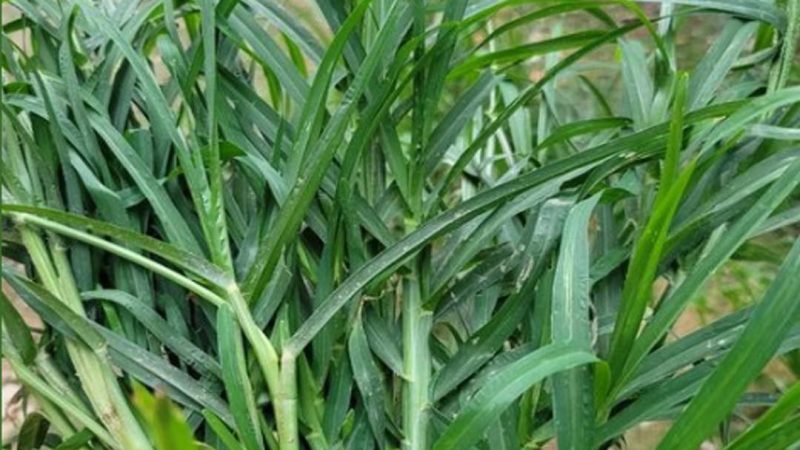A Beginner’s Guide to Growing and Caring for Calla Lilies
Calla lilies, with their elegant trumpet-shaped blooms and lush green foliage, are beloved by gardeners for their beauty and versatility. Whether you’re a seasoned gardener or just starting out, cultivating calla lilies can be a rewarding experience. In this beginner’s guide, we’ll explore everything you need to know to successfully grow and care for these stunning flowers.

**Understanding Calla Lilies:**
Calla lilies, also known as Zantedeschia, are native to Southern Africa and belong to the Araceae family. They come in a variety of colors including white, yellow, pink, orange, and even deep purple. These perennial plants typically bloom from late spring to early summer, adding a touch of elegance to any garden or floral arrangement.

**Growing Conditions:**
Calla lilies thrive in well-draining soil with plenty of organic matter. They prefer full to partial sun, making them ideal for planting in beds, borders, or containers. Ensure that the soil remains consistently moist but not waterlogged, as calla lilies are susceptible to rot in soggy conditions. Plant the rhizomes (bulb-like structures) about 2-4 inches deep and space them 12-18 inches apart.

**Watering and Fertilizing:**
Water your calla lilies regularly, especially during dry spells or hot weather. Aim to keep the soil evenly moist, but avoid overwatering. Applying a balanced fertilizer once a month during the growing season will promote healthy growth and abundant blooms. Be sure to follow the manufacturer’s instructions for dosage and application.

**Temperature and Humidity:**
Calla lilies prefer moderate temperatures ranging from 65°F to 75°F (18°C to 24°C). Protect them from extreme heat or cold, as they are sensitive to temperature fluctuations. Providing adequate humidity, especially in drier climates or indoor settings, can help prevent leaf browning and promote vigorous growth.

**Pruning and Maintenance:**
Remove spent blooms regularly to encourage continuous flowering and prevent the plant from expending energy on seed production. Trim away any yellowing or damaged foliage to maintain a neat appearance and prevent the spread of disease. After the first frost in autumn, cut back the foliage to ground level and mulch the area to protect the rhizomes during the winter months.

**Pests and Diseases:**
Calla lilies are relatively pest and disease-resistant, but they can occasionally fall prey to aphids, snails, or fungal infections. Keep an eye out for signs of infestation or disease, such as yellowing leaves, distorted growth, or powdery mildew, and take appropriate measures to address the issue. Insecticidal soap or neem oil can help control pests, while proper sanitation and good air circulation can prevent fungal problems.

**Propagation:**
Calla lilies can be propagated by division or from seeds, although division is the most common method for home gardeners. Divide established clumps every 2-3 years in early spring or late summer, ensuring that each division has at least one healthy rhizome and several growing points. Plant divisions immediately in well-prepared soil and water thoroughly to encourage rapid establishment.

**Conclusion:**
With their stunning blooms and relatively low maintenance requirements, calla lilies are an excellent choice for both novice and experienced gardeners alike. By providing the right growing conditions, proper care, and attention to detail, you can enjoy these elegant flowers in your garden year after year. So why not add a touch of sophistication to your landscape with these timeless beauties? Happy gardening!



